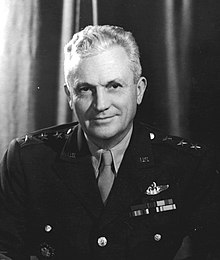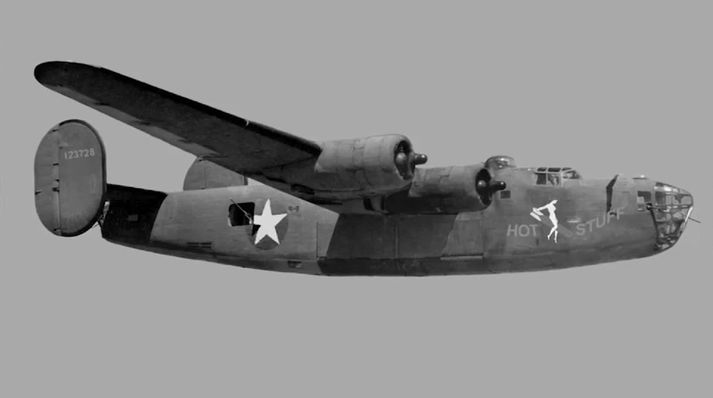The erupting Mt. Fagradalsfjall that changed world history during the WWII
On May 3rd, 1943 B-24D Liberator, with the nickname “Hott Stuff”, had to cancel landing in Keflavik, Iceland because of bad weather when it slammed into Mt. Fagradalsfjall in Reykjanes Penisula. The sergeant, George Eisel, was the only survivor but the crash took the lives of 14 crew members. Among them was the highest general of the U.S Army in Europe, Frank Maxwell Andrews.
The American B-24 Liberator, Hott Stuff, was the first Air Force heavy bomber of the 8th Air Force to fly 25 combat missions over Europe during WWII. To complete so many missions was a great achievement, but being a B-24 crewmember was often considered a death warrant. Due to rushed design, the plane was poorly resistant to damage, the heaters were inadequate, and only one emergency entrance was on the plane for parachuting. Because of these conditions, B-24 was sometimes called “the flying coffin”. The soldiers who managed to completed 25 missions were given the promise to be sent home for good and honored greatly. Hot Stuff was ordered to head home to the United States in the spring of 1943 to tour the country as motivation and help sell war bonds.
Andrews who had only recently been honored to serve as the highest general of the U.S Army in Europe, replacing Dwight D. Eisenhower, was ordered to return from Europe to Washington for his own award ceremony, but he was about to receive his fourth star. What also waited for him in Washington was advancement but he was considered one of few officers who could take the position and command the allies’ army with a raid attack at the mainland.

The new commander in chief requested to return home with his friend, captain Robert „Shine“ Shannon, and the legendary crew of Hot Stuff. Andrew himself was a skilled pilot and wished to be the copilot. He got his wish fulfilled and the plane departed early in the morning of May 3rd from England, in beautiful spring weather. On the schedule to Washington was a fuel stop in Iceland. The weather suddenly worsened when the aircraft reached the south coast of Iceland with bad visibility and downpour. The plane circled over the British military airbase in Kaldaðarnes but headed low by the coast of Reykjanes. The weather got even worse so it was Impossible to land in Reykjavík and Keflavík airport could not be seen in the thick clouds. The plane lost its track and crashed into Fagradalsfjall.

THE U.S AIR FORCE
Sergeant George Eisel Was the only survivor with small injuries but he was stuck under the weaponry for almost 24 hours before search teams came to the crash site. Sergeant Eisel expected his death in the burning wreck but bullets exploded all around him in the fire. What saved him that night was the rainstorm that extinguished the fire.

THE U.S AIR FORCE
After Andrews’s death, Dwight D. Eisenhower became the superior of the American armed forces in Europe, who also became the 34th president of the United States after WWII. Ever since the crash, people have wondered if Andrew´s destiny would have otherwise been the White House but not Eisenhower´s.
Gunnhildur Björg Baldursdóttir
For more information about Hot Stuff:

